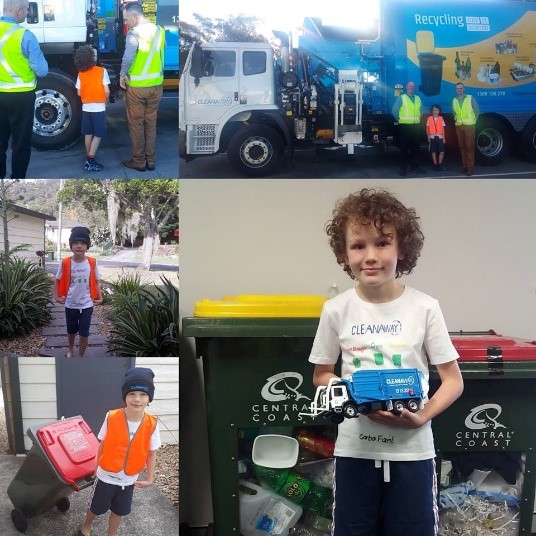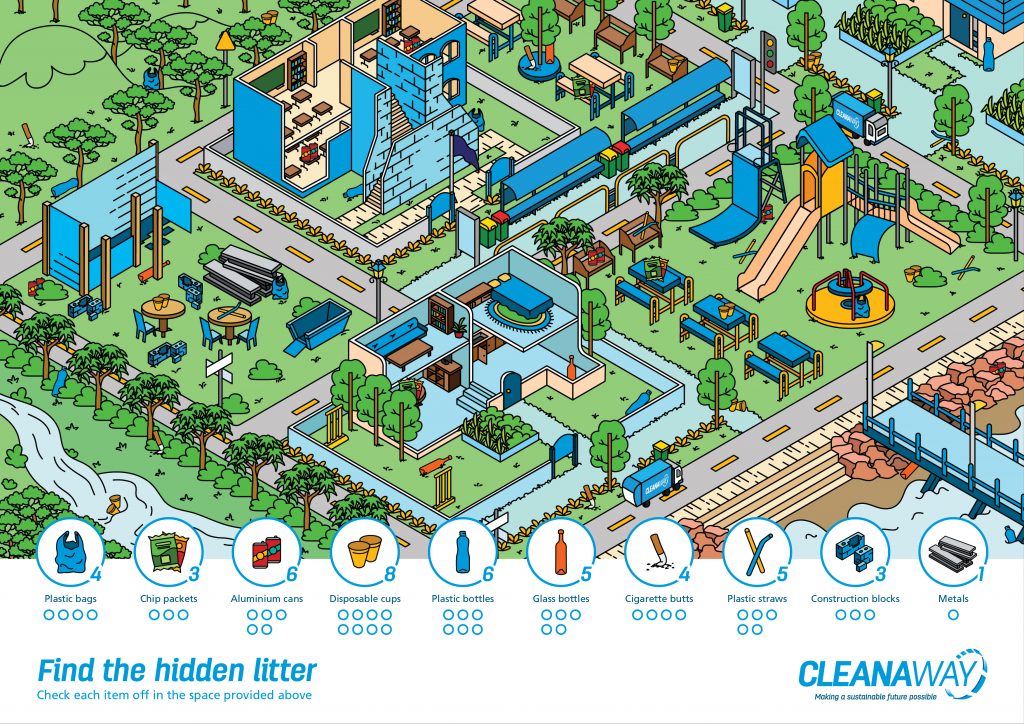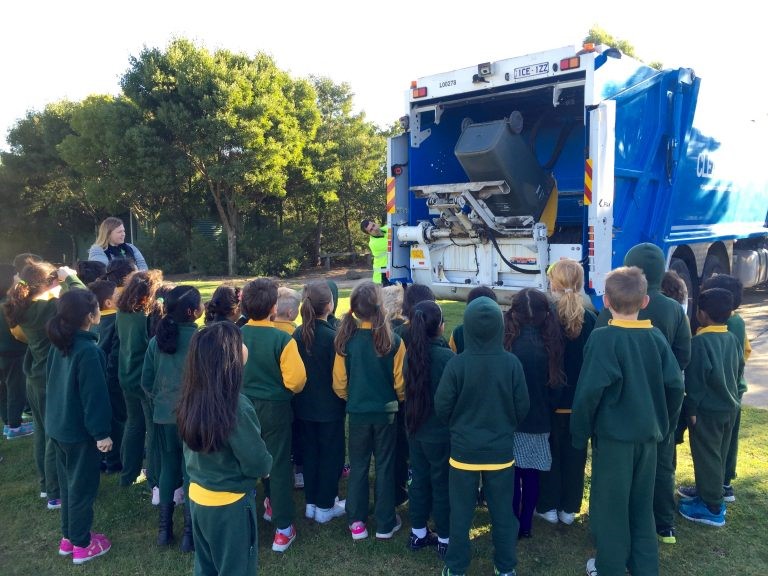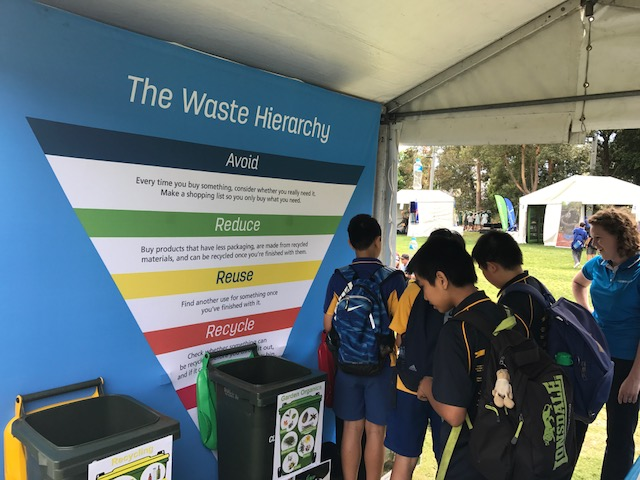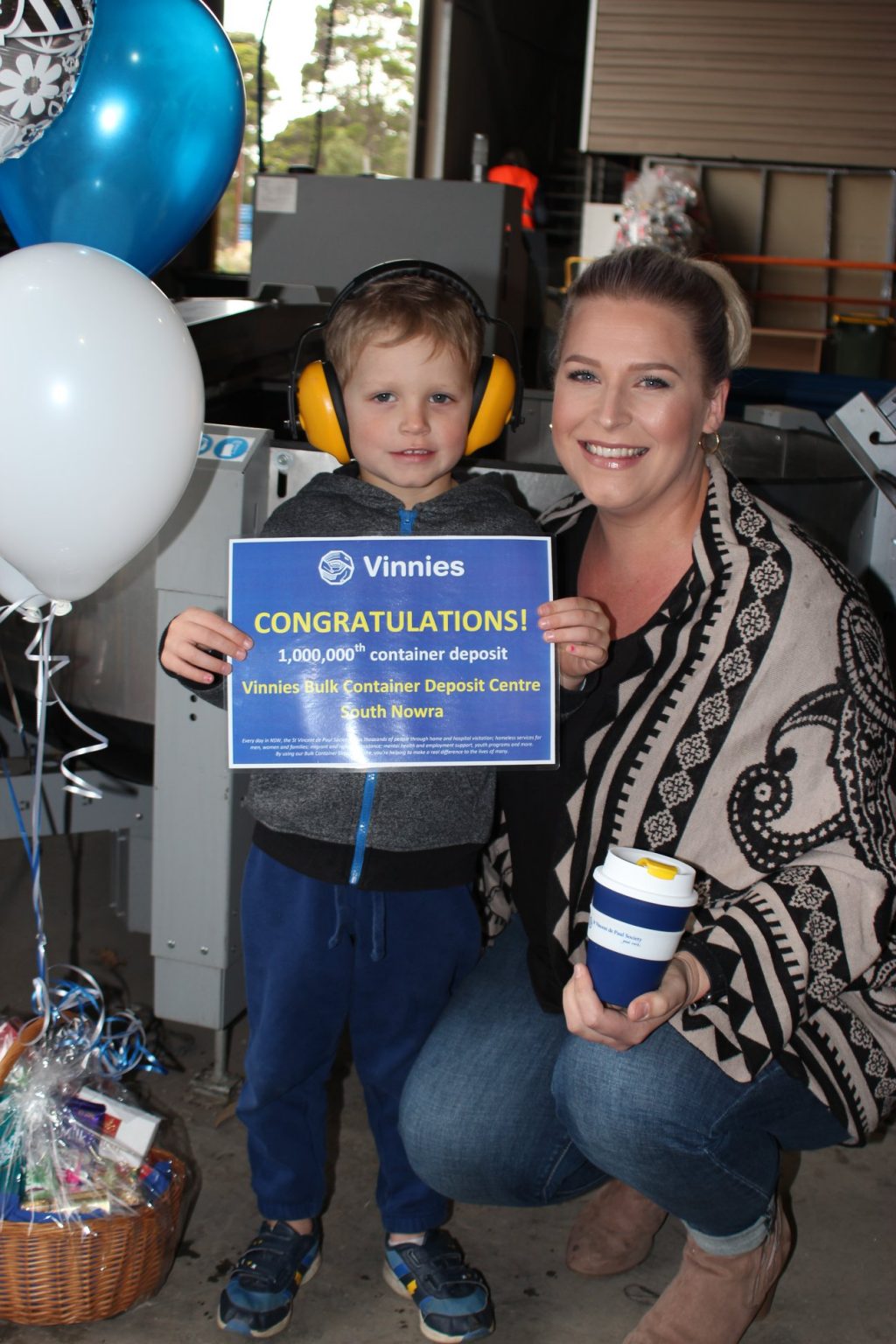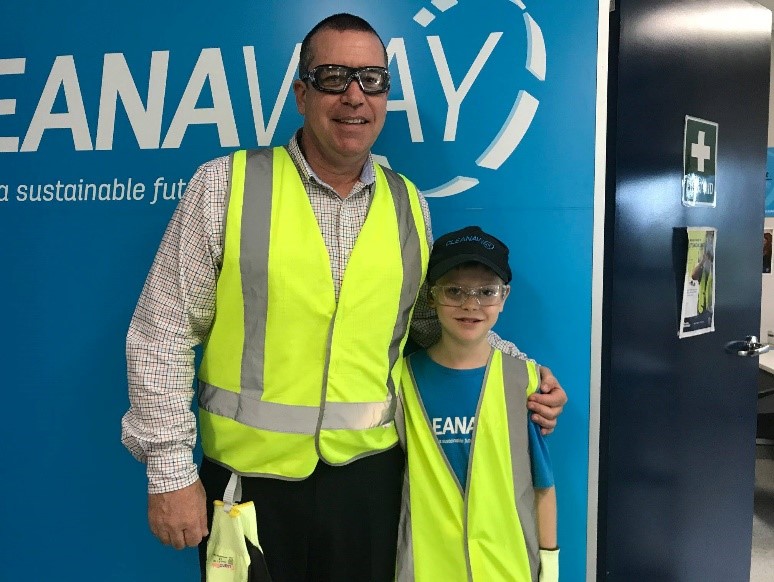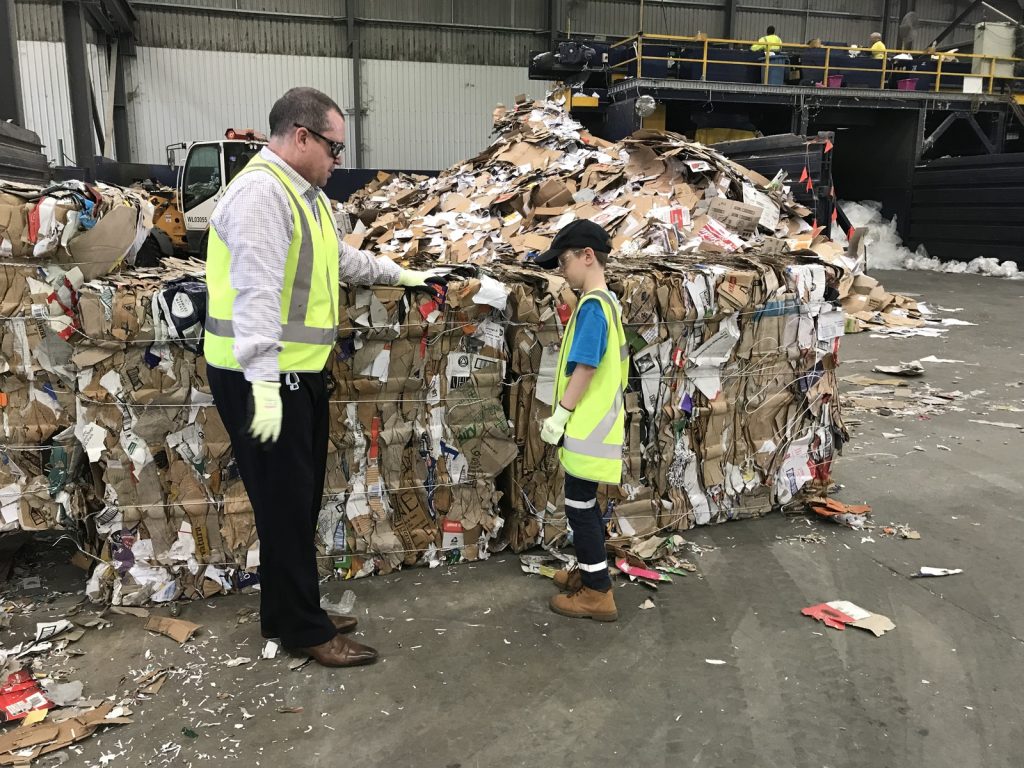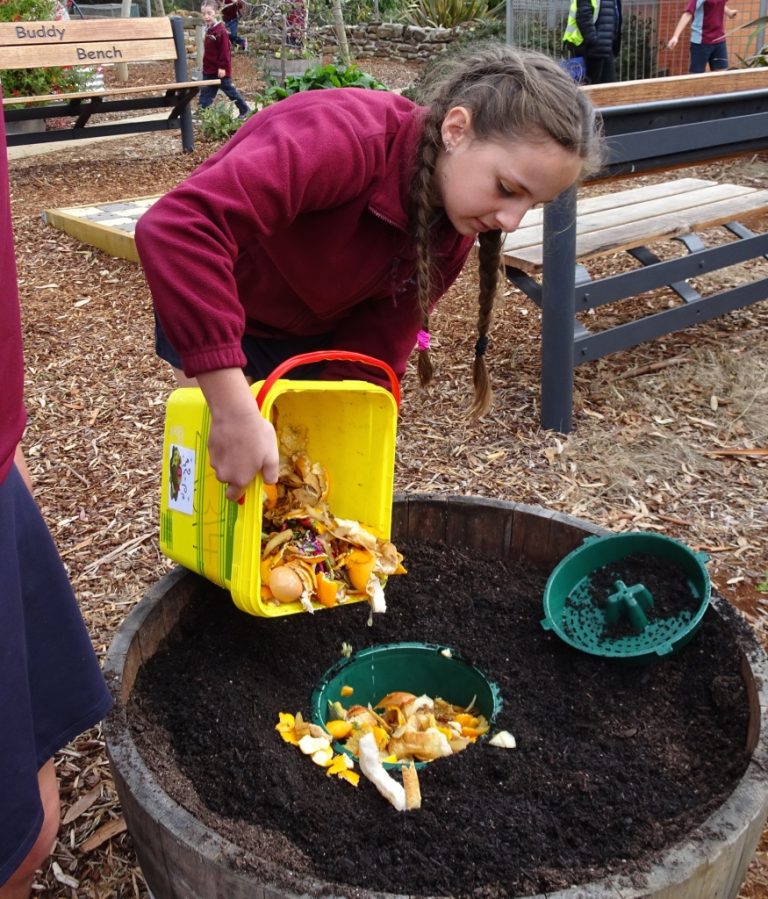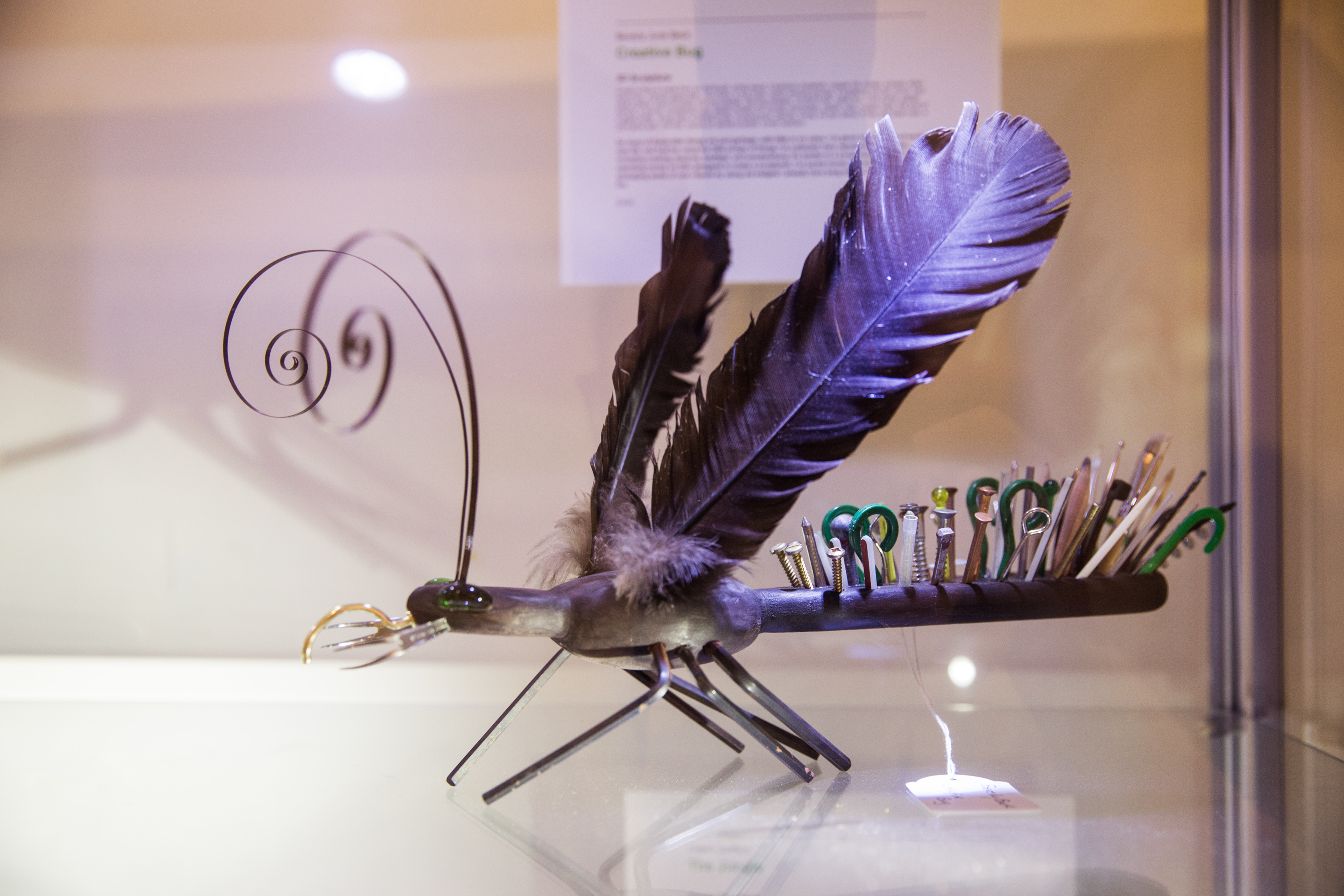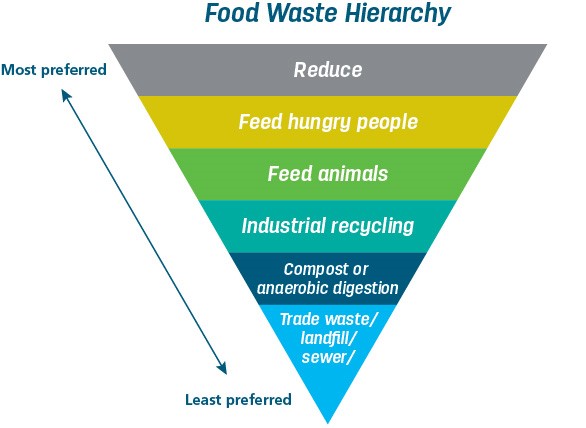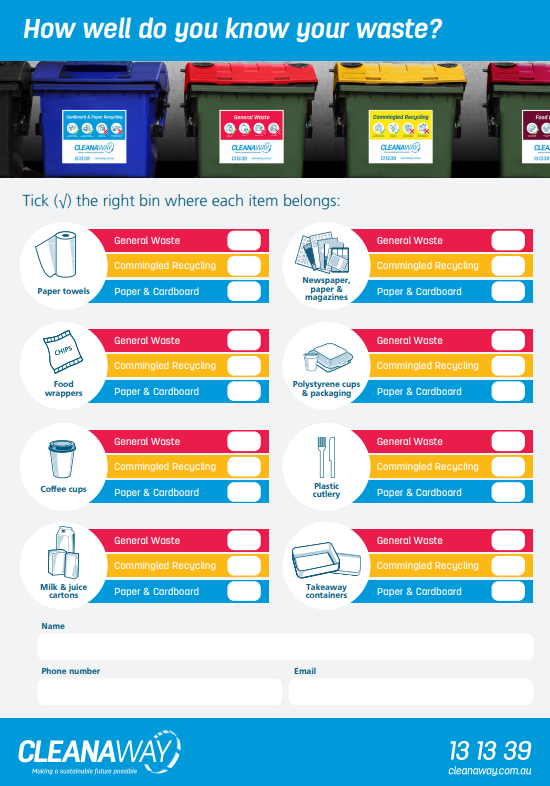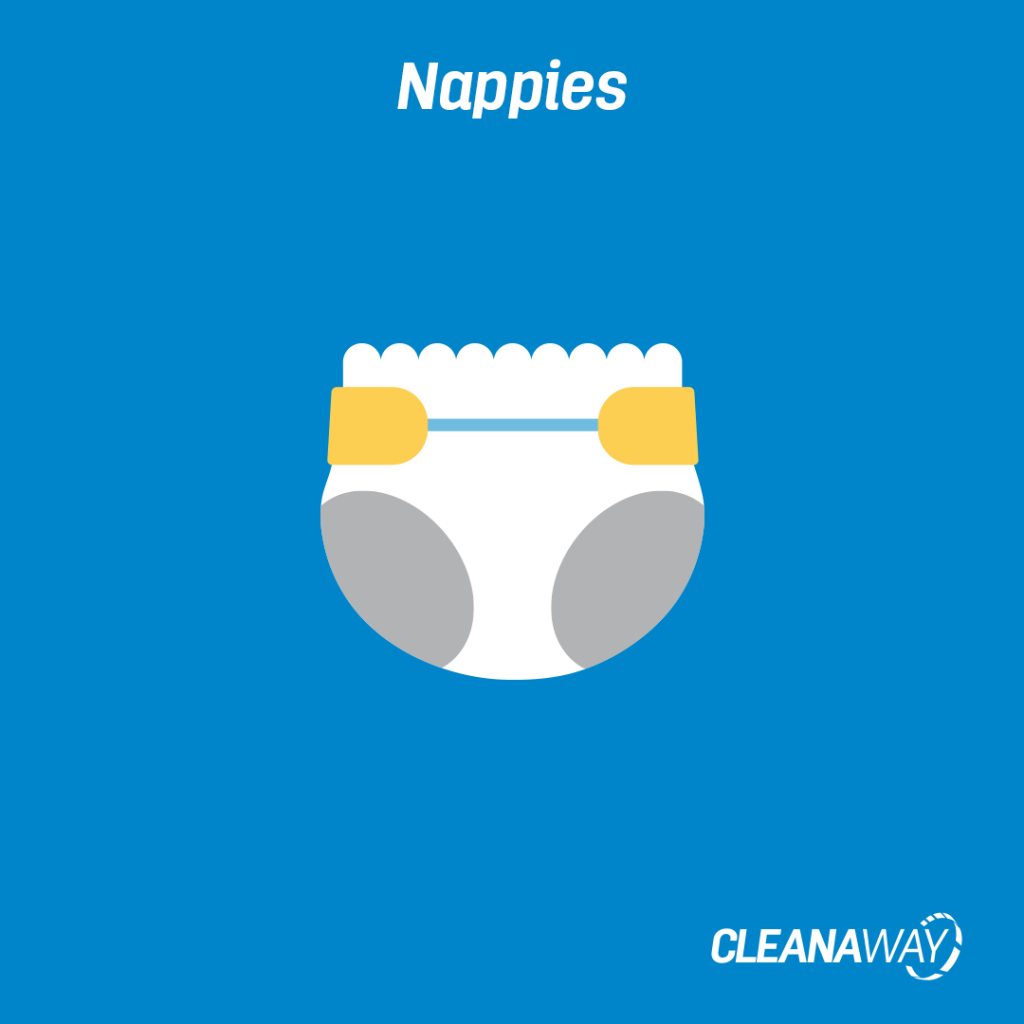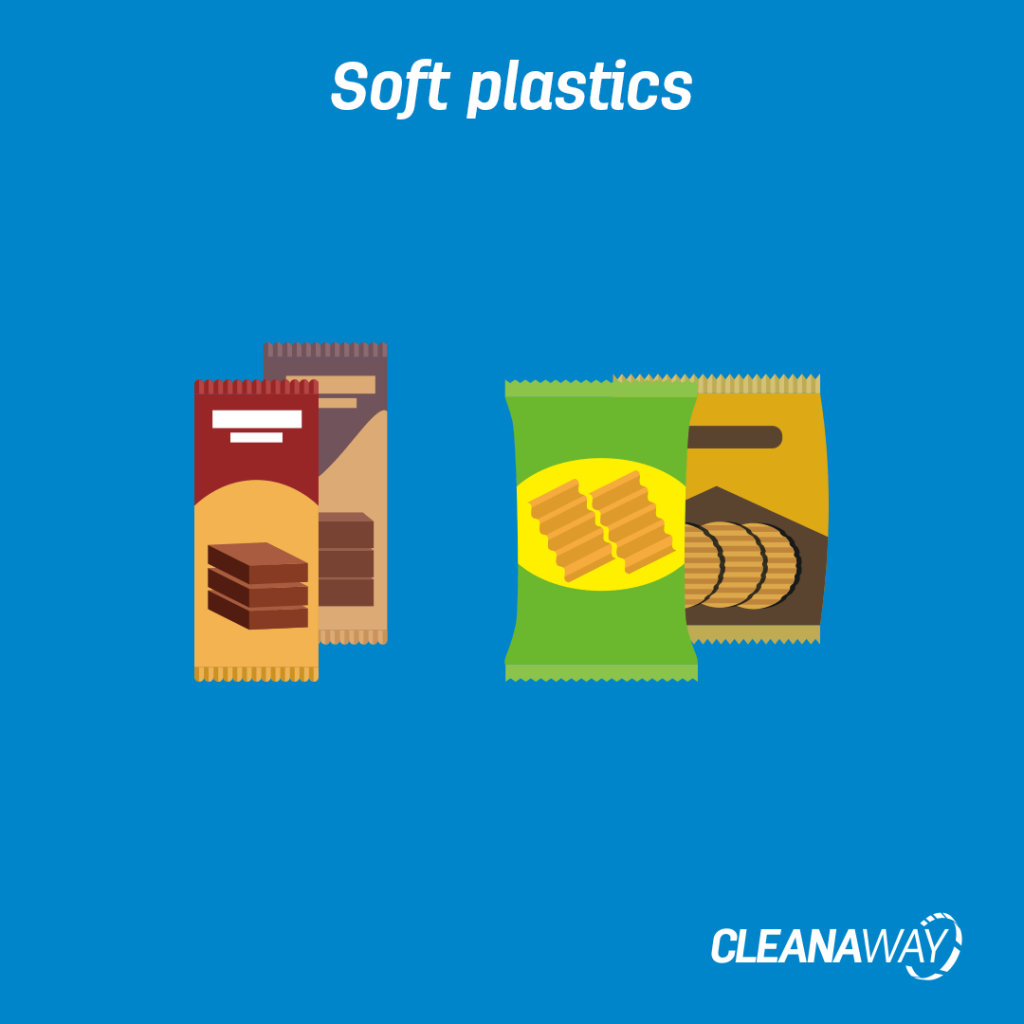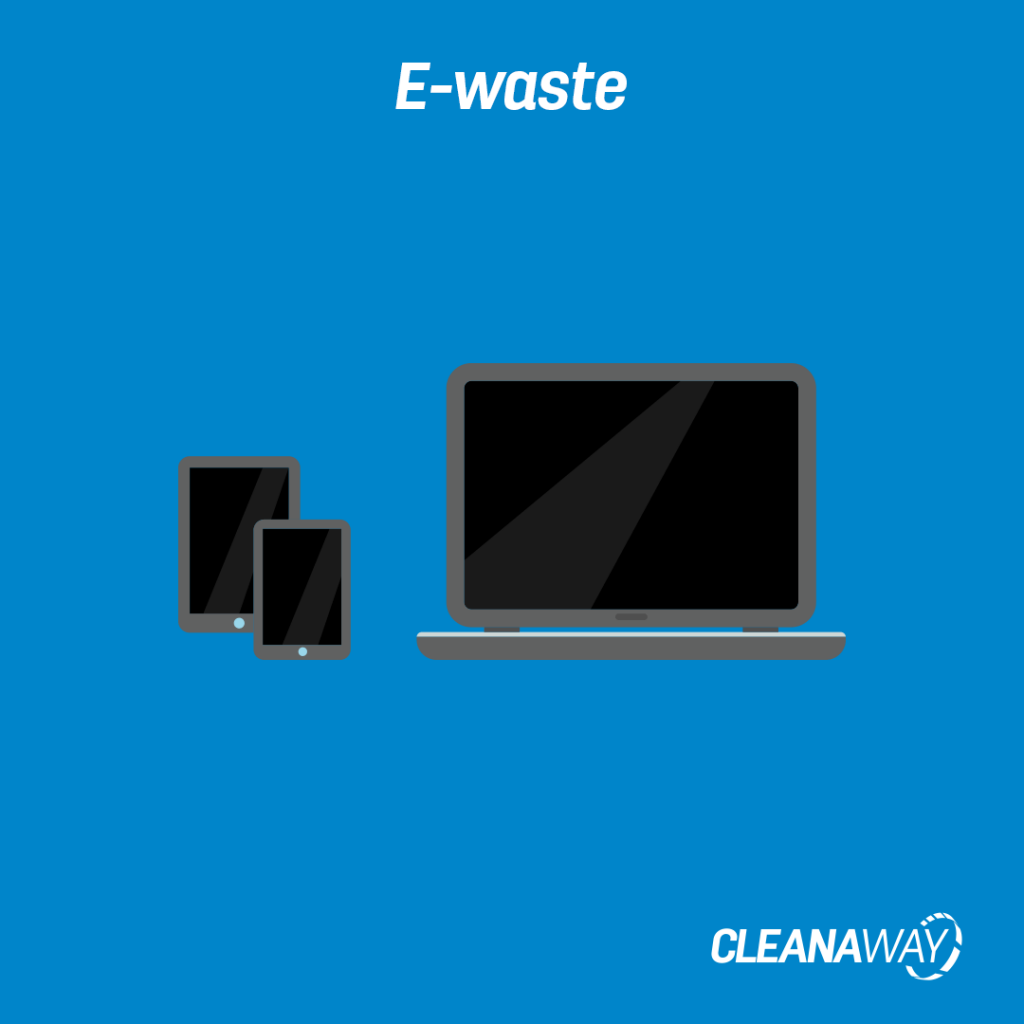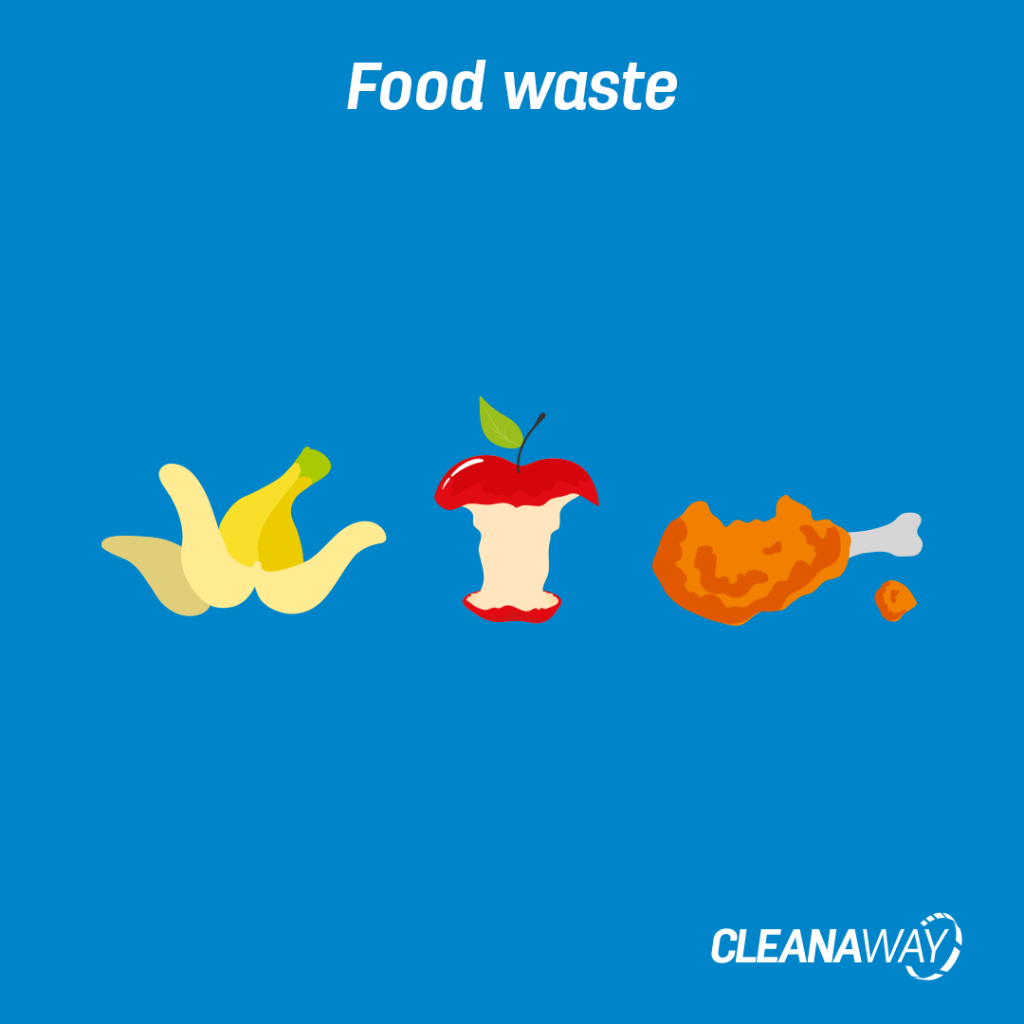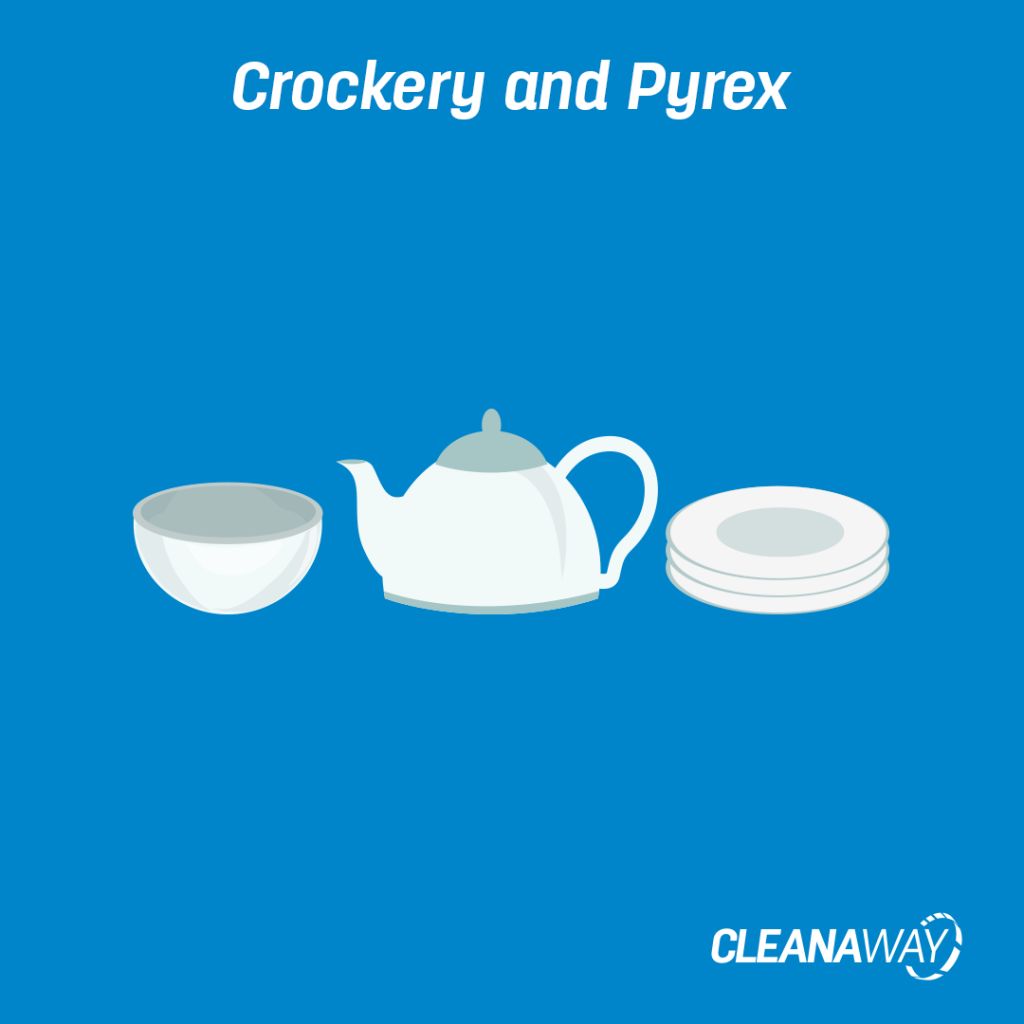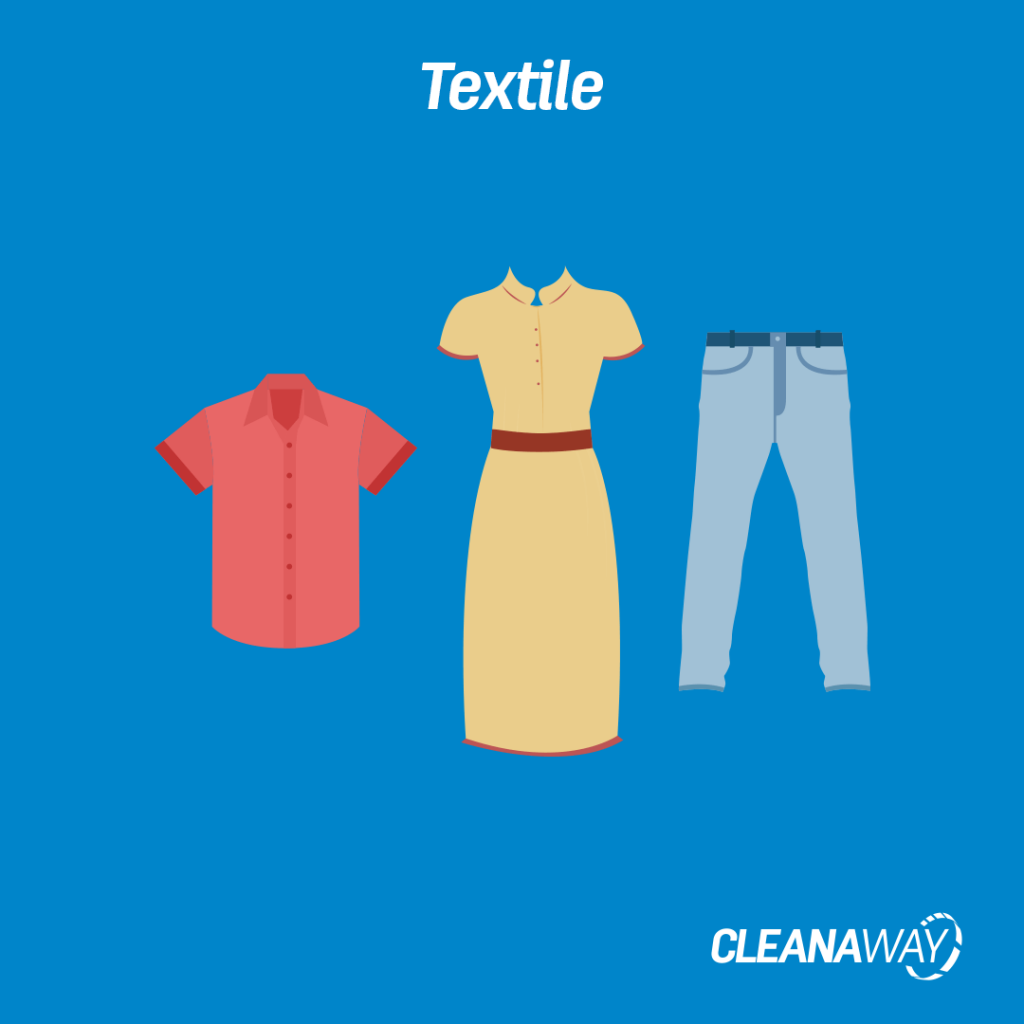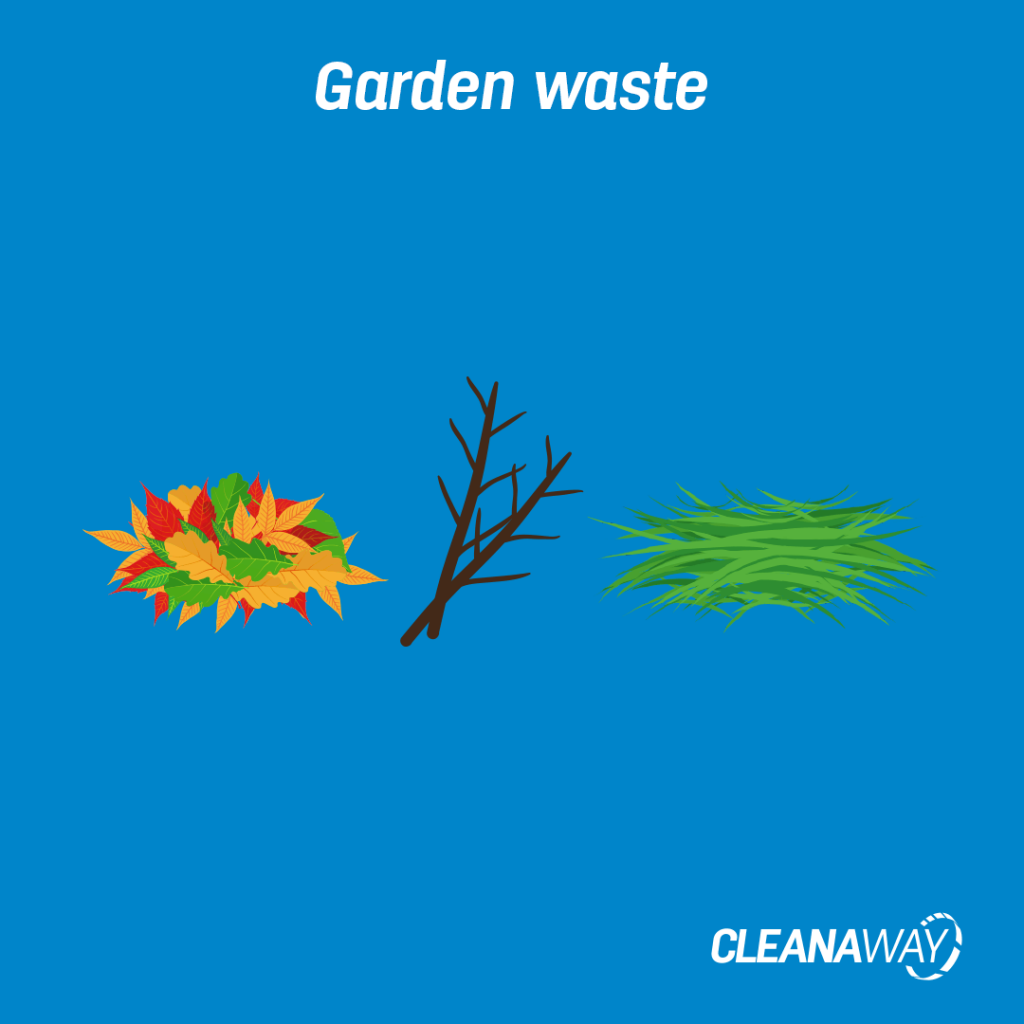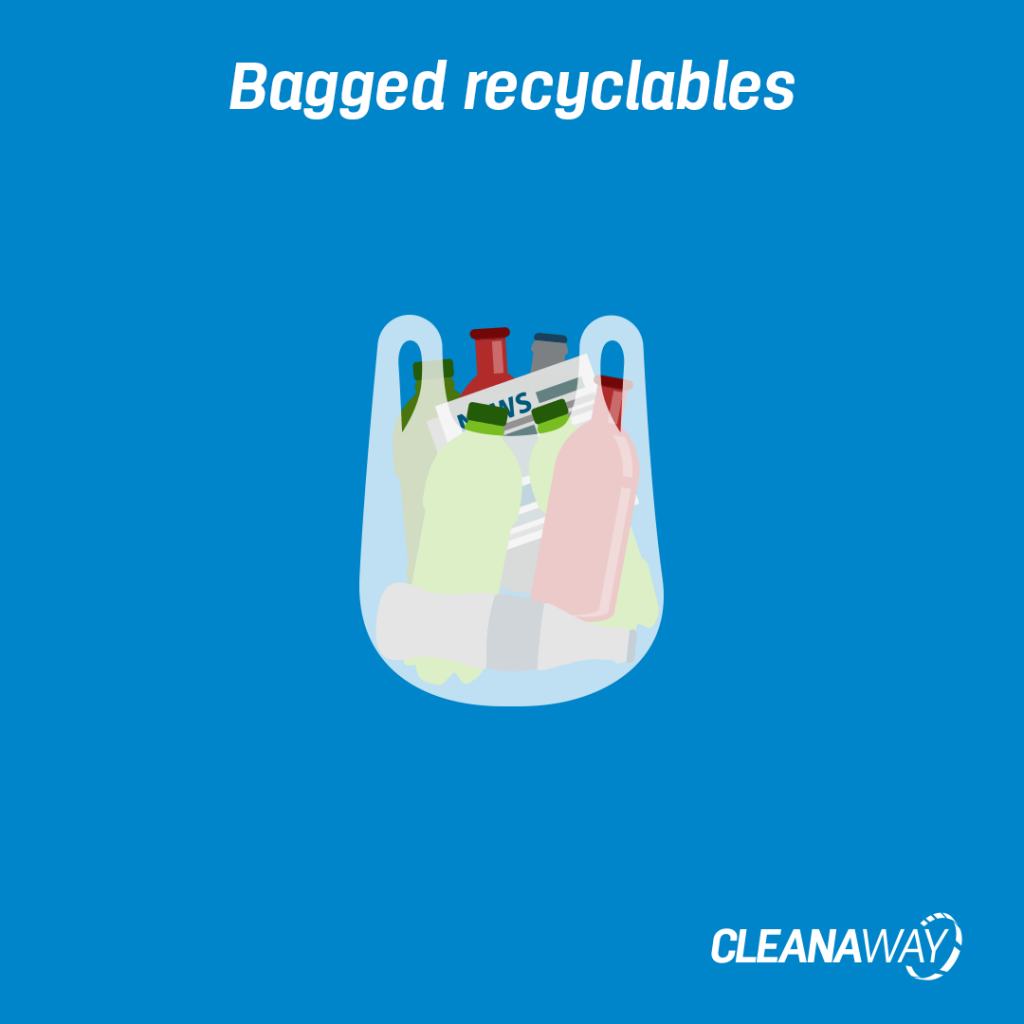Updated April 2023
Container return or deposit programs are proving to be a successful way to maximise recycling and recovery.
What is a container deposit scheme?
Container deposit schemes incentivise consumers to return their beverage containers to a collection point by offering a small cash or voucher refund. They aim to encourage recycling by rewarding good recycling behaviour, which means less containers disposed in general waste or littered. Returns are made at designated collection points, which can include reverse vending machines (RVMs), over-the-counter at shops or charity organisations, or large collection depots.
Container deposit schemes work
The main driver is the financial incentive, where customers can get back between five to ten cents for every container deposited. The more containers returned equals the more money you can earn. They’re also a fundraising channel, often used by schools, clubs, teams and community groups to raise money through container or cash donations.
One of the most efficient ways to recycle is to separate materials at the point of disposal. This decreases sorting costs at the Material Recovery Facility and increases quality by removing contaminants. Because container deposit schemes create a single stream for beverage container material, they promote source separated recycling and improve recycling outputs.
Widespread awareness of the scheme’s positive benefits further encourages people to recycle their containers over general waste disposal.
South Australia
South Australia was the first state to adopt the scheme back in 1977. SA currently has an overall return rate of 76.9%. Last year alone, almost 603 million containers (42,913 tonnes) were recovered by collection depots for recycling. With the refund scheme, beverage containers make up only 2.8% of litter in the state.
In January 2019, the state’s Minister for Environment and Water announced a review of the scheme to investigate ways to build on their success and further recycling and litter reduction efforts.
Northern Territory
The Northern Territory launched their CDS in 2012, with beverage container litter dropping by 50% in the first year. By 2016, the stream had decreased to a record low of 24% litter by volume. The state also reported a significant 34.5% decline in overall litter, mainly attributed to lower volumes of takeaway packaging and beverage containers in the litter stream.
New South Wales
New South Wales introduced their Return and Earn scheme in the end of 2017. Since then, they have successfully brought down their total litter volume down by almost half, with drink containers hitting an all-time low of 37%. The state is currently well on track to reaching its goal of a 40% state-wide reduction by 2020.
As of March 2023, Return and Earn announced that more than 9 billion containers had been returned since the scheme started. In May 2022, it was announced that the TOMRA Cleanaway joint venture will continue in their role as Network Operator for another four years, ending in late 2026.
Queensland
With close to three billion beverage containers in circulation, in November 2018 the state kicked off their container refund scheme, called Containers for Change. At the time of writing over 2 billion containers had been returned through the scheme with more than 3.7 million containers being taken every day to a Containers for Change recycling centre.
Western Australia
Western Australia reported that around 47.5% of its total litter were beverage containers. The first stage of WA’s container deposit scheme network, Containers for Change, was announced in January 2020 and launched in October 2020.
Victoria
In February 2020, Victoria announced the introduction of a container deposit scheme which is expected to be rolled out in 2023. In November 2020, the Victorian Government is asking Victorians to provide feedback on the proposed model for the CDS, which will be rolled out by 2023 and create hundreds of jobs across the state.
In April 2023, the Victorian Government appointed TOMRA Cleanaway as the Network Operator for the Victorian Container Deposit Scheme (CDS) for Zones 1 and 4, collecting up to half a billion eligible drink containers annually.
How else can you make a difference?
Maximise commingled recycling
Don’t ruin good quality recycling by contaminating your commingled bin. Make sure your beverage containers are clean, dry and empty before disposing of them in the bin.
Minimise single-use products
Reduce the amount of waste produced in the first place by avoiding single-use containers and other products wherever possible. Go reusable instead.
Buy products made from recycled material
Prevent materials from ending up in a landfill and maintain demand for recyclables while ensuring that recycling programs remain viable.
Contact us to find out how we make a sustainable future possible through our partnerships with government, industry and the community.
